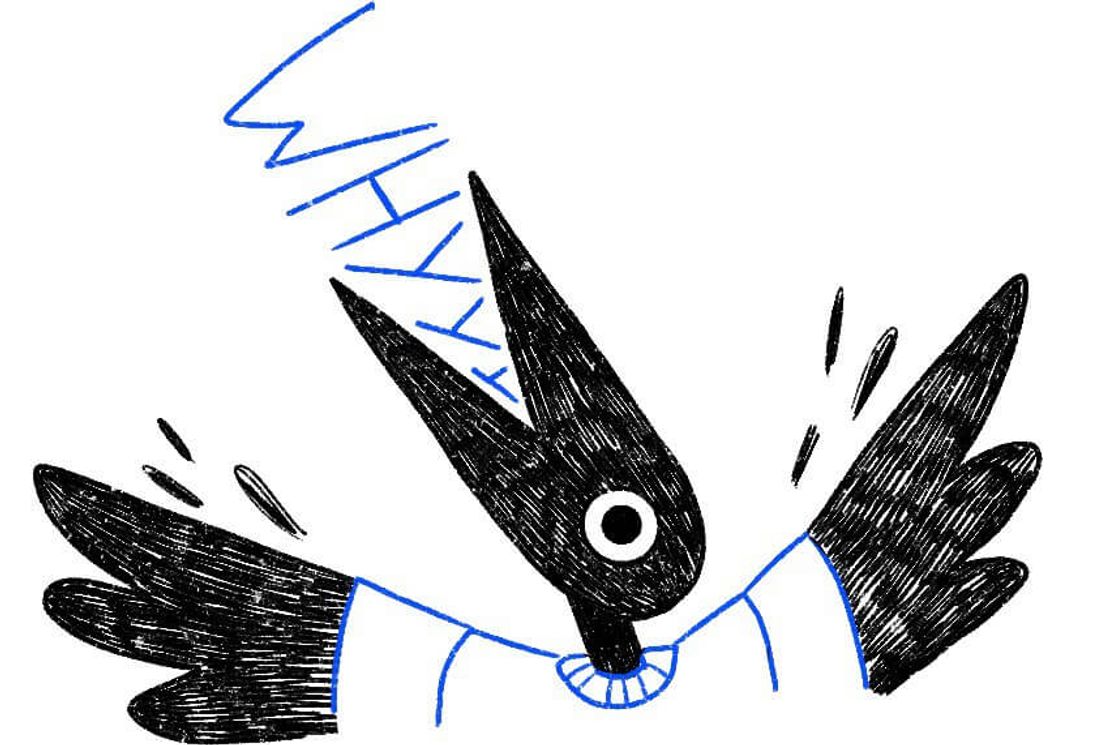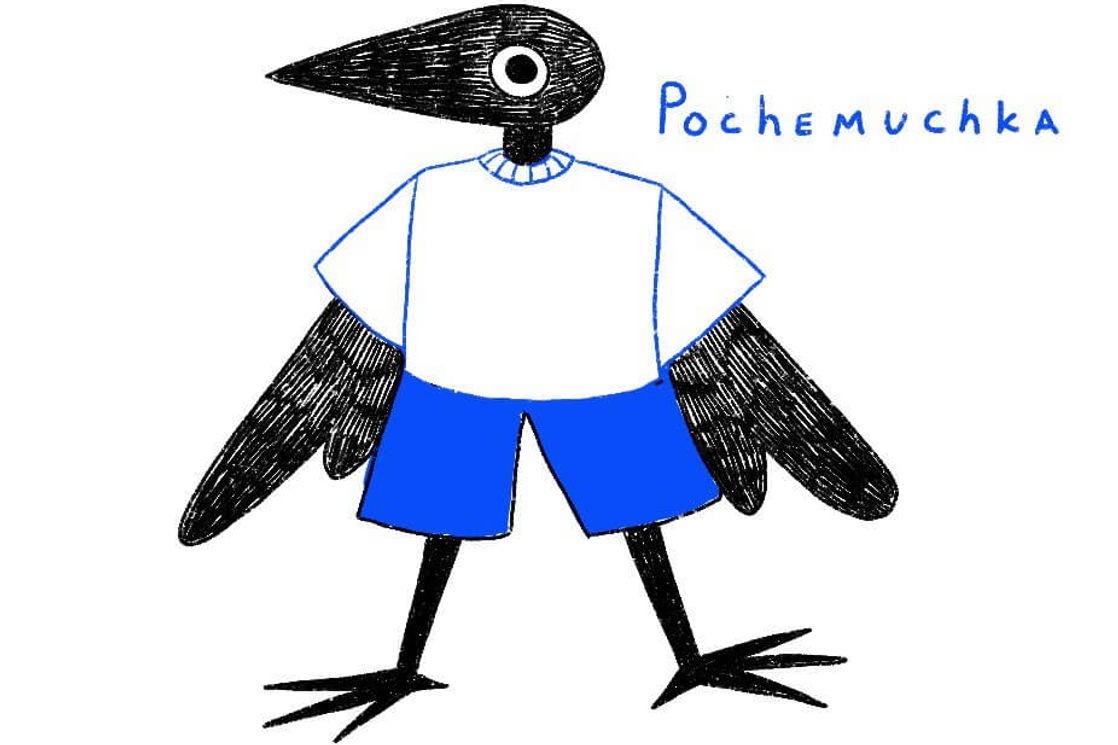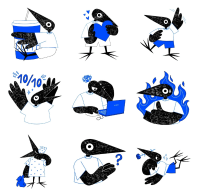Dear student!
Congratulations on your admission to HSE University in St. Petersburg!
We are happy to welcome you here, and we hope that you will enjoy your stay in the beautiful city of Saint Petersburg!
We wish you success and many wonderful discoveries!
HSE University-St. Petersburg is part of a large and diverse HSE family, embracing Moscow, Saint Petersburg, Nizhny Novgorod and Perm.

This Handbook is intended to help you adapt to a new environment and cope with day-to-day activities. It contains answers to some essential questions that might arise during the first days of your stay.
We recommend that you study it carefully — it will help you become a part of our large and friendly HSE family.
THE NEW ACADEMIC YEAR AT HSE UNIVERSITY – ST. PETERSBURG
Facts:
- Year of foundation – 1993
- HSE mascot – a crow
- Rector – Nikita Anisimov
- Year of foundation of HSE University-St. Petersburg – 1998
Mascot
Originally the bird "flew" to HSE in 1996 and almost immediately became a symbol of the university.
At first it was not a crow, but some fantastical creature. Later the mysterious beast was called a crow by Evgeny Yasin.
Here at HSE, we are very careful about the traditions that have developed within the university, but we don't like to stand still. And so the original crow transformed into a friendly little crow called Whyer ('Pochemuchka'), who became the main character of our Handbook!

Whyer ('Pochemuchka') is a little hatchling, flying out of his native nest and trying to make sense of his new surroundings.
He is an extrovert, studying to be an economist (he tries his best but doesn't do that well). He likes playing soccer, singing and playing the guitar. Overall he's up for anything!
Together with that little hatchling, we are happy to introduce you to HSE University-St. Petersburg, so that you can feel welcomed:
Follow us on social media:
Telegram stickers

To make the adaptation process more enjoyable, Whyer ('Pochemuchka') is ready to accompany you throughout the year! Add stickers and don't forget to share them with your classmates!
Our Thanks to Handbook Team
- For several years the Handbook has been carefully collected, proofread, written and posted by the staff of the Unit for Extracurricular Activities;
- Wonderful little nestling called Whyer ('Pochemuchka') and all the illustrations were created by a 3rd year student of of the programme in Design Udovenko Anastasia Andreevna;
- Checked and updated the sections: Office of Degree Programmes, Library (HSE St. Petersburg), Student Housing Unit, Office for Building Management, Student Welfare Unit, Department of Physical Training, Research and Academic Development Centre, Centre for International Cooperation, Center for International Students Support, Career Centre, Alumni Community of HSE University St. Petersburg.
- The Expert Translation Centre kindly translated texts to English;
- The illustrations were carefully placed on the website by colleagues from the Online Media Office.
Russia in Brief
The Russian Federation is the largest country in the world with a total area of more than 17 million square kilometers. The population is 144 million people, 81% are Russians. Orthodox Christianity, Islam, Judaism and Buddhism are Russia’s traditional religions and a part of the historical heritage.
Russia is a presidential republic. The federal government consists of three branches: legislative, executive and judicial. The legislative power belongs to the Federal Assembly which consists of two houses: the Federation Council (upper house) and the State Duma (lower house). The executive power belongs to the government which is headed by the Prime Minister. The judicial branch is represented by the Constitutional Court, the Supreme Court and regional courts.
The Russian Federation comprises 85 administrative divisions called “subjects”. These subjects have equal representation in the Federation Council — two delegates each. However, the subjects differ in the degree of autonomy they enjoy. The federal subjects are: 46 oblasts, 22 republics, 9 krais, 4 autonomous districts, 1 autonomous oblast and 3 federal cities (Moscow, St. Petersburg and Sevastopol).
The national symbols of Russia are tricolor flag consisting of three equal horizontal fields: white on the top, blue in the middle and red on the bottom, the coat of arms which depicts double-headed eagle, and the state anthem.
Official currency is Russian ruble (RUB, ₽).
St. Petersburg
St. Petersburg was founded by Peter the Great on the 27th of May in 1703. The city was the capital of the Russian Empire for more than two hundred years (1712–1728, 1732–1918).
Facts and Figures:
- over 5 million inhabitants
- over 2.3 international and 2.8 national tourists per year
- over 380,000 students
- over 23,000 international students
- the second largest economic, academic and scientific centre in Russia
- famous for white nights and drawbridges
- holds the St. Petersburg International Economic Forum (SPIEF), a leading international economic and business forum
- historic centre is the UNESCO world heritage site
- more than 200 museums
- over 70 theatres
- around 800 bridges
- home city for outstanding painters Vrubel, Malevich, talented composers such as Tchaikovsky, world famous writers and poets Pushkin, Gogol, Akhmatova, Brodsky and many others.